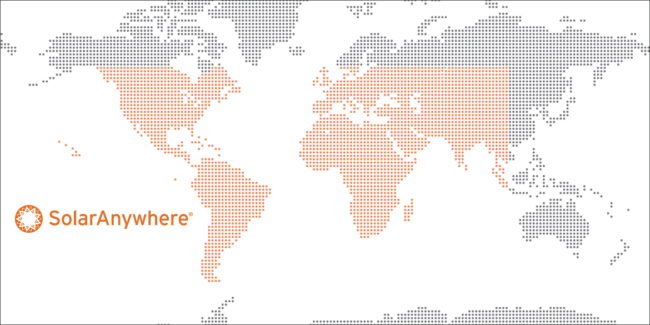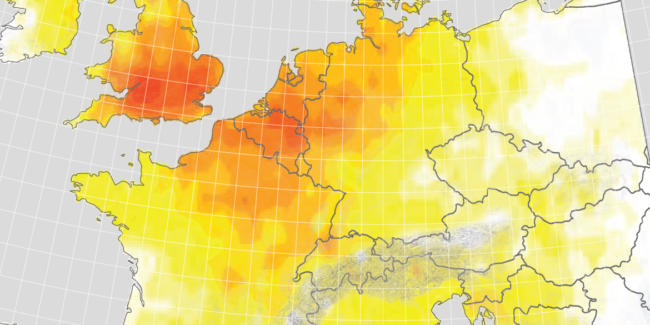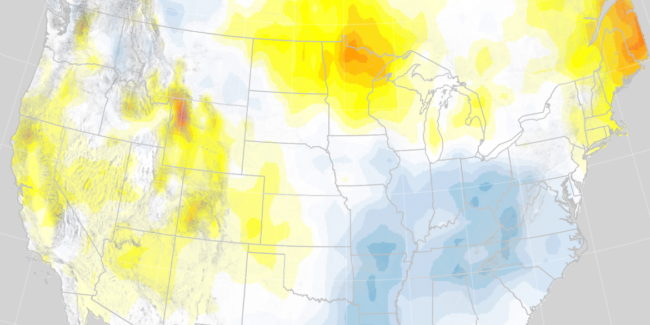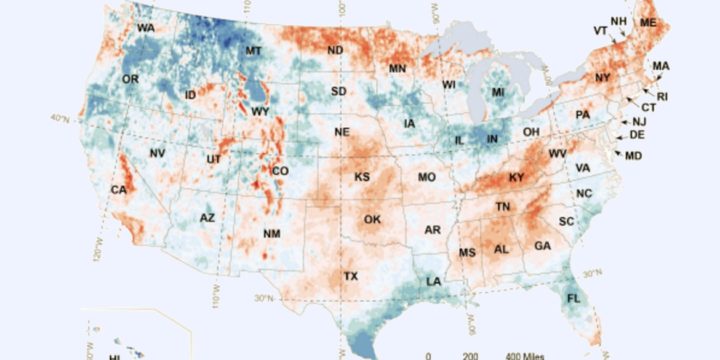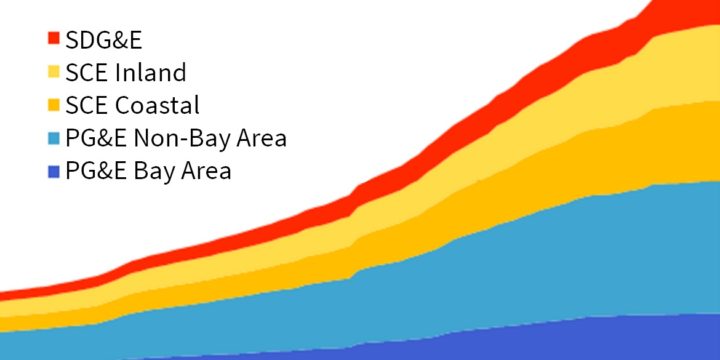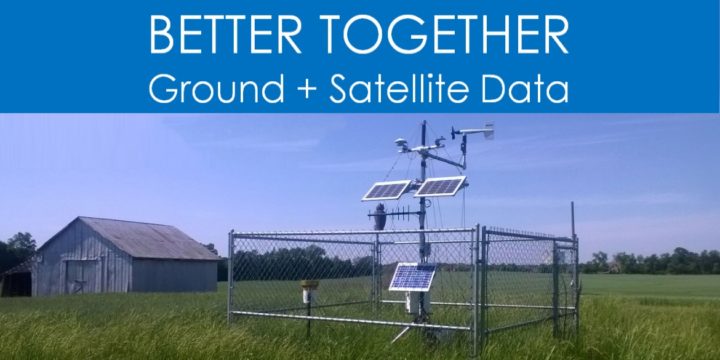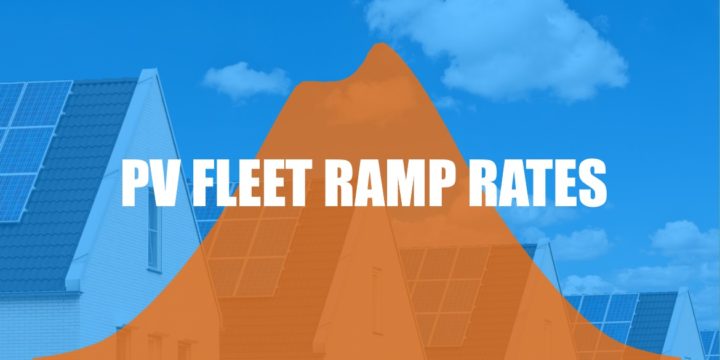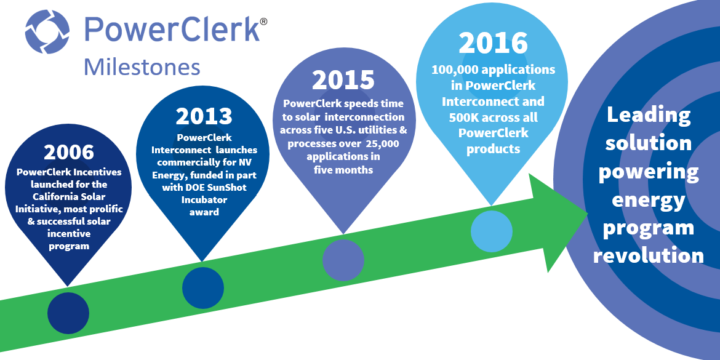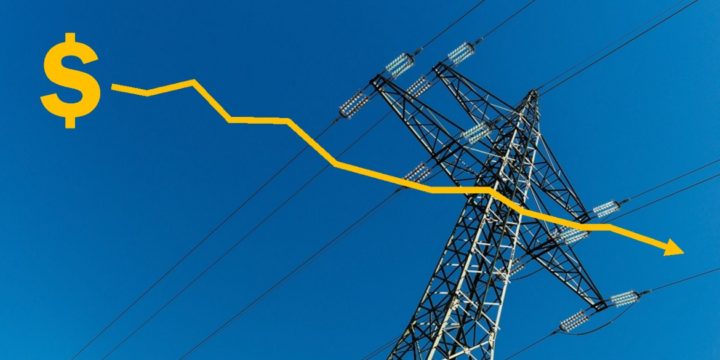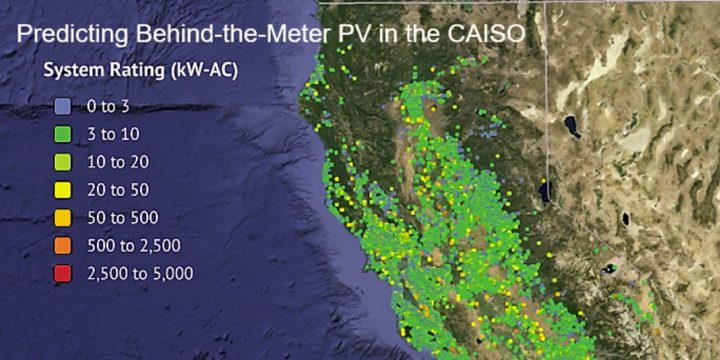No Results Found
The page you requested could not be found. Try refining your search, or use the navigation above to locate the post.
No Results Found
The page you requested could not be found. Try refining your search, or use the navigation above to locate the post.
SolarAnywhere® now available for Africa and West Asia
SolarAnywhere®, the industry’s leading solar data and intelligence service, now covers Africa and West Asia. With solar resource data available from 1999 through present and forecast, SolarAnywhere customers can access the accurate, consistent data they need for...
Purchase SolarAnywhere online, anytime: bankable solar data, on demand
When you have an important solar project deadline looming, you need reliable data—fast. Now you can purchase SolarAnywhere online anytime, ensuring you have access to the bankable solar data resources you need, when you need them. Our team is here to help, but for...
Solar performance monitoring in Europe and South America just got easier with SolarAnywhere real-time data
As renewables in Europe and South America continue to surge—with Europe generating more electricity from renewables than from fossil fuels for the first time in 2020—the ability to efficiently scale management of solar assets is critical. Whether ensuring long-term...
Record climate disasters, moderate solar deviations through Q3 2020
We’re introducing a major upgrade to our SolarAnywhere® solar deviation maps! The new maps expand coverage to three continents and increase resolution to ~50 km. The maps give asset managers and owners high-level insights into the weather trends affecting the...
What’s the value of your solar data? (And why the median approach to solar resource data selection falls short)
Are the solar industry’s pre-construction production estimates too optimistic? Yes, according to several contributions to the “Solar Risk Assessment: 2020” paper published by kWh Analytics. kWh found evidence of “an industry wide bias towards aggressive predictions,”...
Solar resource trends: Changing cloud-cover and AOD, and implications for PV yield
In recent years, we reported on lower-than-expected solar energy production in the Eastern U.S., corroborating PV plant owner observations using SolarAnywhere® insolation data. This prompted us to ask the questions: How does this recent weather activity compare to...
Deployment of utility COVID-19 relief program using PowerClerk®
A Case Study from CLEAResult & Liberty Utilities While coverage of COVID-19 continues to dominate the daily news cycle, new information on the economic challenges facing utilities and their customers continues to emerge. In times like these, many companies are...
New Solar Risk Assessment report provides data-based insights for the solar industry
The latest kWh Analytics “Solar Risk Assessment” report provides solar investors with the latest insights on the evolution of solar photovoltaic (PV) generation risk—and the importance of allowing data-based insights to inform the deployment of capital. This report...
Tucson Electric Power builds a better customer experience with WattPlan®
With the rapid expansion of distributed energy resources (DERs), utilities are offering new types of electric rate plans to their customers. These traditional and renewable rate plans give customers new options, but knowing which rate to choose can be confusing. When...
No Results Found
The page you requested could not be found. Try refining your search, or use the navigation above to locate the post.
3 steps to reducing solar customer acquisition costs
In anticipation of the soon-to-be released NREL report that benchmarks solar soft costs in 2010, plenty of media attention is being given to soft-cost reduction strategies. According to NREL’s data, customer acquisition and system design make up 11 percent of the cost...
20-million solar calculations served
This week, the engine that powers Clean Power Estimator® calculated its 20-millionth solar estimation (at least since we started counting). This marks a milestone for Clean Power Research and is a bellwether of industry growth. Since it launched in 1998, the rate of...
WSJ analysis reveals a truth about the economics of solar: sunlight is just one factor
Would you believe that Denver and Los Angeles have a similar return on a solar investment? Or that Brooklyn has better returns than either of those locations? Or that installing a solar system in Minneapolis or Portland, Oregon, could pay-off? These are the questions...
Gearing up for Solar Power International (SPI) 2012 in Orlando
SPI is next week in Orlando! Six of us will be there from our Kirkland, WA and Napa, CA offices. If you’re attending, please stop by Clean Power Research at booth #4058, right next to the “Energy Networking Station” in Hall B. Areas of emphasis for Clean...
The Ford Electric looks like a car and drives like a car…because it is a car
Recently Ford hosted an electric vehicle (EV) demonstration in Seattle that a colleague and I were fortunate to attend. At the demonstration, we were able to test drive the 2012 Ford Focus Electric. Not only was it very fast off the line, but we were impressed with...
Solar Power International 2015: Solar in Disneyland
Disneyland provided the backdrop for the Solar Power International (SPI) conference in Anaheim this year. As the biggest solar-focused conference in the U.S., exhibiting at SPI provides a great opportunity to find out firsthand what is on the mind of the industry—that...
West vs. south: Why change the orientation of your solar PV system
Originally published in the March/April issue of Solar Today. Within the solar industry, it's common knowledge that the optimal orientation of solar photovoltaic (PV) panels in the Northern Hemisphere is typically south, to maximize electricity production over the...
UVIG technical achievement award presented to Tom Hoff
Last week, the Utility Variable-Generation Integration Group (UVIG) recognized Tom Hoff, Clean Power Research founder and president of Research and Consulting, with an award for his ongoing contributions to solar forecasting. The ability to forecast the output of tens...
When it comes to solar resources, 2014 was anything but average
Solar resources naturally vary from year to year, and 2014 was no exception. While the 2014 average monthly solar resource map shows expected patterns, with the greatest energy output in the southwest, the real story is revealed by the PV power variance map. The PV...
Solar forecasting goes “EPIC”
Itron and Clean Power Research are embarking on the next phase of research that will lead to high-fidelity distributed solar photovoltaic (PV) forecasts, and integration of those forecasts into net load forecasts for the California Independent System Operator (ISO)....
Understanding PV variability: Affects of the 2014 California monsoon
While we all know that the energy production of solar PV systems can vary temporally on the short term (e.g., hourly and daily basis), monthly to annual variability can significantly affect the ongoing status of a developed PV solar asset. For developers and owners of...
Using ground plus satellite solar irradiance data to reduce risk, increase project profitability
If you stopped by the Clean Power Research booth (#118) at the most recent Solar Power International (SPI) Conference in Las Vegas, you would have noticed a tall metal frame supporting some measurement equipment. While this structure could have passed for a new-age...
Solar fleet modeling part 3: Balancing the variability of PV
In our previous two posts, we described how to incorporate PV diversity (diversity in both design configuration and geography) in fleet-level modeling, and how to generate high frequency fleet power data with 60-second temporal resolution. In this post, we will show...
Planning for solar part 2: High frequency data
Our previous post discussed how to produce solar PV production profiles for fleets of PV systems. In it we highlighted the importance of including both system diversity (tilt, orientation, shading, etc.), and geographical diversity (system locations and relative...
No Results Found
The page you requested could not be found. Try refining your search, or use the navigation above to locate the post.
No Results Found
The page you requested could not be found. Try refining your search, or use the navigation above to locate the post.
Electric vehicles provide large GHG reductions in Minnesota
This week’s blog post is a contribution from our guest author Dane McFarlane, of Great Plains Institute (GPI) and was originally published on GPI's Better Energy, Better World. To learn more about how Clean Power Research is helping customers understand the value of...
100K applications in PowerClerk Interconnect & 500K in all PowerClerk products
The proliferation of distributed energy resource (DER) adoption, particularly solar, across the U.S. in recent years has led to a common pattern of records being set for utilities, installers and more. Along those lines, last week marked an important achievement for...
Version control: Your bankable signpost in a digital world
If you own an iPhone, you’ve seen the familiar message “iOS 9.3.3 is available for your iPhone and is ready to install.” If you’re like me, you hit “Remind me later” a few dozen times before you actually install the update. Call me paranoid, but I always have to take...
Paradigm shift for U.S. utilities: “Energy” efficiency, not “electric” efficiency
Stagnant load stinks If you're a regulated utility in the United States, stagnant or declining load stinks. Policies like decoupling help a little, but like any other business, no utility really wants to face the economics of declining use of their product. If one...
Should I wait for Tesla’s Model 3?
Tesla announced the release of the Model 3 on March 31, 2016, and several hundred thousand reservations have been made. This has demonstrated a strong market demand for an electric vehicle (EV) that has three attributes: It’s attractive, has a decent range, and is...
Build trust with your customers by facing electric rate changes head-on
By now it’s old news that the utility business model needs to change. According to Utility Dive’s 2016 State of the Electric Utility Survey, only 3% of utility respondents feel the utility business model does not need to evolve. Unsurprisingly, utilities are investing...
Are utilities the key to kick-starting electric vehicle sales in 2016?
After three years of strong growth, plug-in electric vehicle (PEV or ‘EV’) growth fell in 2015. Lower gas prices and consumers waiting for the new 2016 Nissan Leaf (and its longer range) were part of the reason for the decrease in sales, but likely these factors don’t...
2016: The year of enhanced energy price competition
You can’t go anywhere these days without hearing about the price of oil. While in past years that often meant oil prices were skyrocketing, today, oil is threatening to hit 20-year lows (in inflation adjusted dollars). Right now, oil demand is so low, and supply is so...
The proof is in: Integrating PV into the grid is better with behind-the-meter solar forecasts
In recent years, Clean Power Research created a solar forecast method to accurately predict power production of “invisible,” behind-the-meter PV systems—typically those found on homes and commercial buildings. In our approach, forecasts are generated by simulating the...
